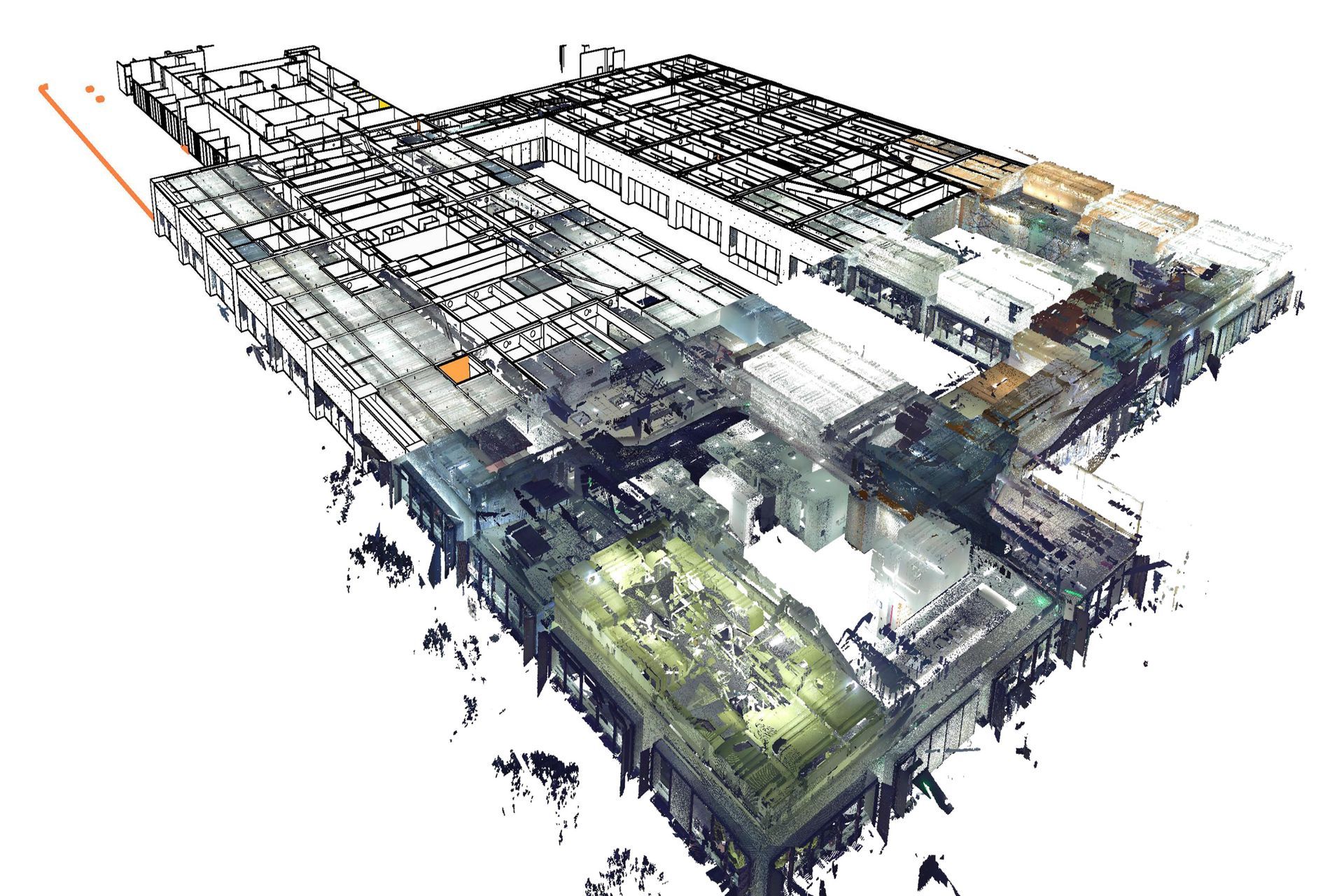Lockdown influenced building themes that are set to stick

It is generally recognised that New Zealand companies responded well: product and delivery innovation was to the fore, as was assessing, and more often than not, redefining a brand’s relevancy to its customer base.
It was a fluid environment in which business owners and managers could be forgiven for thinking that they had undertaken a fast-track MBA programme across 2020. Having a business that is still standing, and in some cases now set-up to outperform the 2019 iteration of itself, served as reward for those organisations that met the challenge.
So, what are COVID-19 lockdown outcomes or changes that will likely stick for the construction sector, or for an important component of the property sector that it services? Here are some of my picks:
Accelerated productivity enhancement uptake
- The rate of construction technology adoption accelerated across 2020, as companies investigated new methods that will increase efficiency and productivity to provide competitive advantage. Along the way a supportive government signalled an appetite to play a role in both encouraging and leading the technological shift. For the former, MBIE’s recent regulatory review process included changes to support Modern Methods of Construction usage, while for the latter, Kāinga Ora (housing) and Infracom (infrastructure) have respectively implemented and promoted technological adoption
- Expect to see the usage of Building Information Modelling (BIM) increase across the supply-chain. Aside from the traditional reasons that BIM usage is promoted (clash-detection, the development of a digital model to allow the building manager to develop effective asset management processes etc.), there is an underlying practical consideration: BIM provides the ability for project team members to design and document a building on a shared platform online, regardless of where each project team member is physically located. This was very advantageous during lockdown.
- Having to operate building sites under restrictive Level 3 and 4 lockdown protocols, meant construction managers had to give greater thought to the scheduling of product delivery and sub-contractor works on-site. As a consequence, construction planning became smarter and sites become more efficient. This will endure.

Outside of the technology transition, another shift that I am hopeful will continue, is the sector collaboration that was very visible across the COVID-19 lockdown lifecycle. Our historically fragmented sector pulled together as one during the pandemic. The sector coordinated its responses, shared key information flows across its multiple construction association communication channels, and worked in partnership with government to achieve some positive outcomes.
Residential clients will require more for their homes, and from those who design and construct them...
Spending 24/7 at home for weeks on end during lockdown, led to two notable observations: a home is no longer viewed purely as a residence, but as a place in which work can be undertaken; and that the limitations of our properties were brought into sharp focus i.e. inadequate kitchen, garaging too small etc. Many New Zealander’s who have the capability to do so, have responded by either: planning to move to a new property that can tick the expanded number of boxes that a house now needs to provide, or they are proposing to undertake work on their existing homes, so as to broaden or improve its functionality.
Businesses across the full spectrum of the New Zealand economy pivoted during COVID-19 to adapt their business models and products services. Consumers have enjoyed the benefits that those changes have provided them with. As a consequence, those same consumers will now place higher service expectations on those they engage to design and construct their building projects. The aforementioned technological transition will therefore double as an important client satisfaction tool.
Malcolm Fleming
Chief Executive, NZIOB
